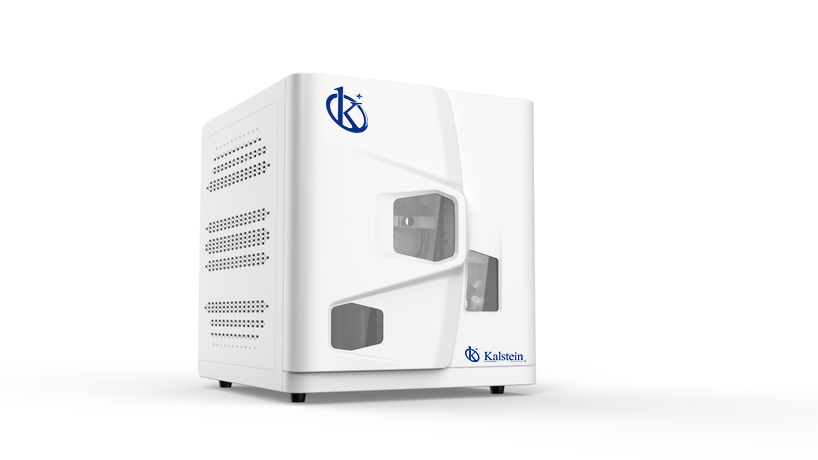The most crucial piece of equipment in any chemical or environmental laboratory is probably the Total Organic Carbon (TOC) Analyzer. This valuable instrumentation provides accurate and timely measurements of the total organic carbon present in a sample and is essential for high quality and precision studies and research.
However, ensuring the accuracy of readings from this type of analyzer can be a significant challenge. Variability in readings and subtle differences in sample handling can lead to inaccurate or inconsistent results. Fortunately, there are ways explored to address these challenges and ensure the accuracy and reliability of your TOC analyzer readings.
Optimizing the Sample Procedure
To ensure that your Total Organic Carbon Analyzer readings are accurate, it is crucial that correct and consistent sampling methods are followed. Any variability or inconsistency in the sampling procedure can result in measurement errors. The optimal procedure begins with the proper selection of samples and ensures that they are free of contaminants that may affect readings during analysis.
Next, it is vital to store and handle these samples correctly. Once the sample is obtained, it should be refrigerated at a temperature between 2 and 6 degrees Celsius to preserve the organic material. It is also essential that you employ a standard, repeatable sampling procedure. This means that all samples must be treated in the same way, under the same conditions, to maintain consistency and comparability of results.
Regular calibration, use and maintenance
Once the sampling procedure is optimized, the next step in ensuring accurate readings on your TOC analyzer involves proper use and regular maintenance of your instrument. Calibration of your analyzer is an essential part of this process. Calibration ensures that your TOC analyzer is properly adjusted to provide accurate readings. This generally involves the use of a series of standard solutions that have a known organic carbon content.
Calibration should be performed periodically to ensure maximum accuracy of the equipment. As for the use of the analyzer, be sure to follow the manufacturer’s instructions carefully and keep your equipment clean and free of contaminants. Periodic maintenance, involving regular cleaning and functionality checks, is also essential to ensure both the reliability and longevity of your total organic carbon analyzer.
Selecting a suitable analyzer
As a final step, choosing a TOC analyzer that suits your specific needs also plays a vital role in ensuring accurate readings. Different analyzers may come with different features and accuracy levels, so it is crucial to choose carefully.
In conclusion, ensuring accurate readings from your total organic carbon analyzer is not an impossible task. With the correct sampling procedures, accurate use of equipment, regular maintenance and selection of the right analyzer, you can easily ensure that your measurements are as accurate and reliable as they should be. Ultimately, the accuracy of your readings will depend on your diligence and care in performing TOC analysis.
The future at Kalstein
We at Kalstein as a manufacturing company also have for you a 3D platform, where users, manufacturers and dealers can sell, rent or offer new or used equipment anywhere in the world, enjoy being seen, you are more. If you want to buy at the best price, visit us HERE where you will find the different Kalstein YR models of TOC analyzers, which are available for any requirement of health centers, in addition to having the best advisors to accompany you during the purchase process.

